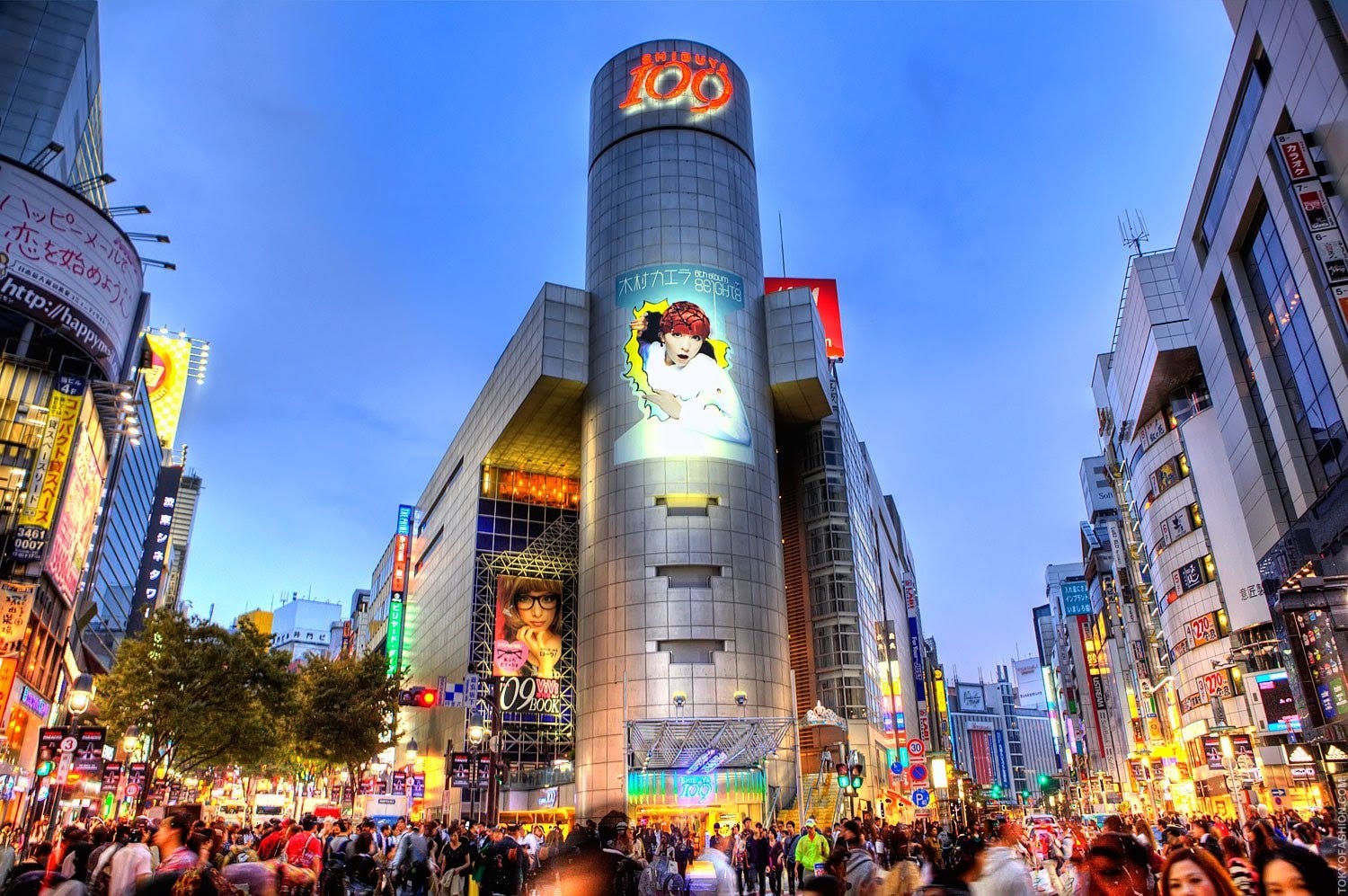ASA 141
Week 7
I've always known that Japan has been very innovative with its fashion thanks to modern technology and social media. Going to Japan isn't necessary to know that within districts in Tokyo is an energetic playground of colors, textures, shapes, cuts, etc. The article discussed the youth's rebellion against the traditional and cultural value of group identity in Japan. I couldn't help but think of a similar event here in this country: the 60's counterculture in America. Like the one in Japan, the youth was the engine for this movement and fashion was a way to become noticed and get their voices heard.
It was really interesting to learn about the various subcultures. I knew some existed but had no idea how many there were and the types of overlaps that occurred among groups such as Mamba and Celemba. In class, I was blown away upon learning about the thriving Chicano subculture in Japan. What made it even more interesting was that this subculture was derived from a culture that was practiced by a group of people in another country. Most of the other subcultures were born in Japan. In the midst of a cultural appropriation battle happening today, I was really intrigued by what the subculture members had to say. They understood that this culture did not originally belong to them but were in awe of it and wanted to partake in it with the utmost respect.
 |
| https://jw-webmagazine.com/shibuya-109-the-iconic-japanese-fashion-mall-dc70610e8764 |
Could Japan's level of love for fashion be adopted here in the U.S? Or is it already present but just displayed differently?
No comments:
Post a Comment